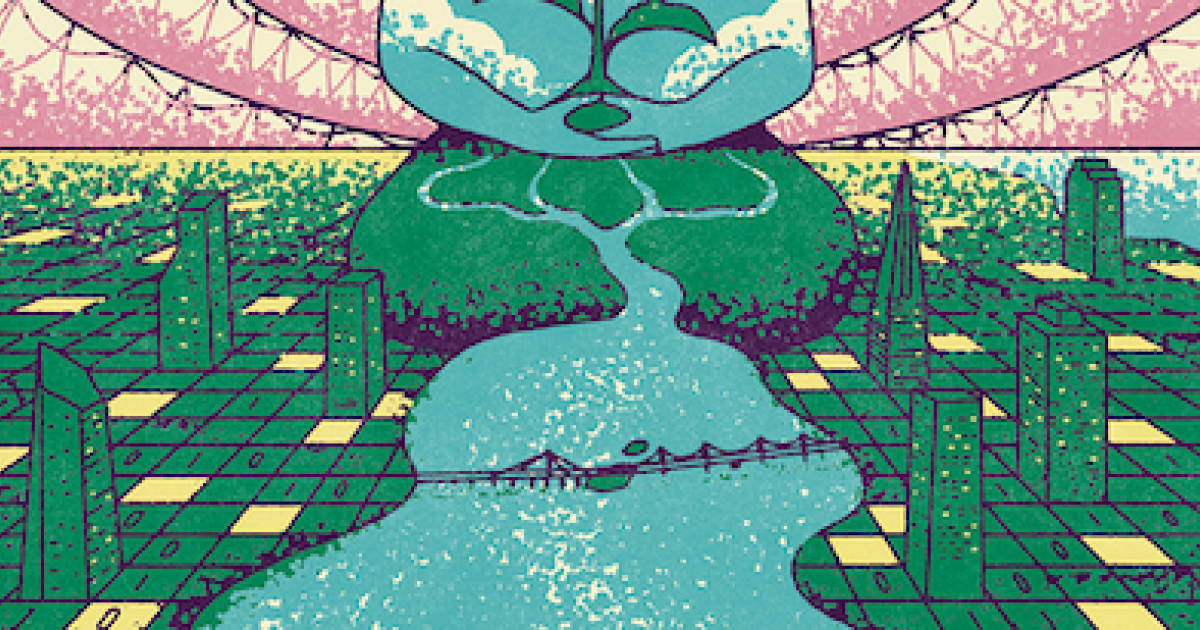Manufacturing Bliss—Asterisk

🌈 Abstract
The article explores the concept of "jhanas" - altered states of consciousness that can be induced through meditation, and their potential therapeutic and transformative benefits. It discusses the history and revival of jhanas, the experiences of modern practitioners, and the scientific research on the neurological effects of jhanas. The article also examines the challenges and controversies surrounding the accessibility and spread of jhanas.
🙋 Q&A
[01] The History and Revival of Jhanas
1. What are the jhanas and where do they come from?
- The jhanas are eight states of consciousness that allegedly produce strong positive feelings in the body and mind. They originate from Buddhist teachings and were first described centuries ago.
- The jhanas were originally seen as a rare feat, attainable only by advanced Buddhist monks after years of practice. But in the 18th century, there was a renewed interest in meditation in Myanmar, leading to the Vipassana movement.
- In the 1980s, Buddhist nun Ayya Khema began teaching the jhanas as a "lost art" that could benefit practitioners' meditation practice, differing from the traditional view of the jhanas.
2. How have modern teachers reinterpreted the jhanas?
- Modern teachers like Leigh Brasington, Bhante Vimalaramsi, and Rob Burbea have emphasized the first four "light jhanas" as more accessible, rather than progressing through all eight jhanas.
- There is still debate within meditation communities about whether the modern version is a watered-down version of the original practice.
3. How have the jhanas found their way into the tech community?
- The jhanas caught the attention of the "This Part of Twitter" (tpot) community, a subculture that grew out of the rationalist movement and is interested in altered states of consciousness.
- Figures like AI researcher Nick Cammarata and the founders of Jhourney, a company aiming to help people experience jhanas, have helped spread awareness of the jhanas in the tech community.
[02] The Jhourney Retreat Experience
1. What was the author's initial perspective on the jhanas?
- The author was curious about the jhanas but did not have much personal interest in meditation. They saw it as an experience they hadn't tried yet and wanted to see what their brain could do.
2. How did the Jhourney retreat differ from a typical meditation retreat?
- The Jhourney retreat had a more relaxed, scientific approach, with a focus on practical technique rather than spiritual dogma. Attendees were encouraged to experiment and have fun.
- The author felt more like a researcher than a meditation student, with daily interviews and the ability to explore on their own.
3. What was the author's experience with the jhanas during the retreat?
- The author was able to access the first four jhanas relatively quickly, which surprised them. They went through a progression of experiences, from euphoric bliss to a more calm and content state.
- The author found that even when not in the jhanic states, their everyday experience had become more positive and heightened.
[03] Insights and Implications
1. What are some potential reasons the jhanas have not spread more widely?
- The jhanas may have a natural "half-life" where practitioners lose interest once they've experienced the pleasure.
- The jhanas have been cloaked in spiritual language and Buddhist tradition, making them easy to dismiss as a wellness trend.
- There may be a "tall poppy syndrome" where people are resistant to the idea of others being able to access such positive mental states.
2. How does the author view the potential of the jhanas?
- The author sees the jhanas as a technique for invoking altered states of consciousness that can help relax the brain and perceive the world more clearly.
- The author believes the jhanas deserve to reach more people, as they can potentially bring a "taste of happiness" to those struggling with addictive habits or negative mental states.
3. What are the key challenges in further understanding and spreading the jhanas?
- There is still limited scientific research on the neurological effects of the jhanas, and recruiting experienced practitioners has been a challenge.
- Overcoming the reflexive resistance and skepticism towards the idea of easily accessible altered states of consciousness is an ongoing challenge.